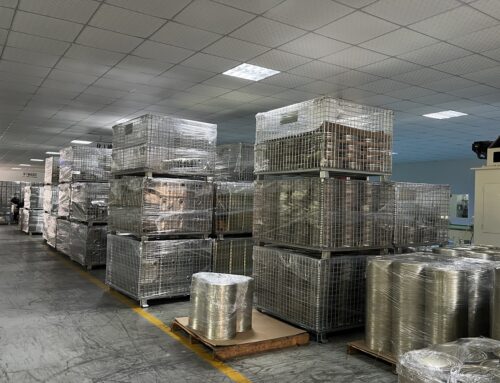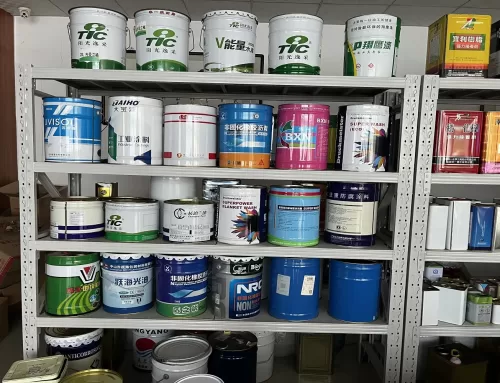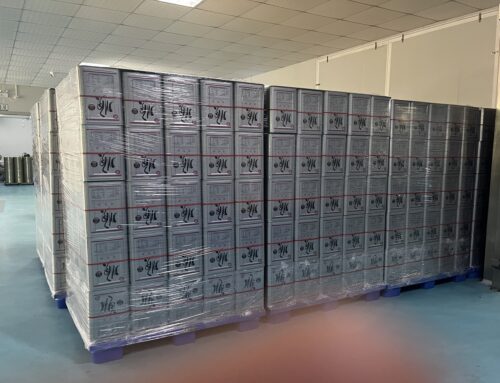The production of tin cans is a crucial part of many industries, including food, beverage, pharmaceutical, and various consumer goods. A tin can production line involves a series of distinct yet interconnected machines and processes to convert a flat sheet of metal into a finished can ready for filling and sealing.
1. Slitting Machine
A tin can production process begins with a slitting machine, which cuts large metal coils into narrower coils of a specific width, based on the size of the cans to be produced.
2. Shearing Machine
The shearing machine then cuts the narrower coils into sheets. These sheets are then fed into the body making machine for further processing.
3. Body Making Machine
This machine, also known as a can body maker, takes in the cut sheets and forms them into cylindrical can bodies. The process involves drawing or pressing the sheet metal into shape. Depending on the type of can being produced, the body might be formed from a single piece (two-piece cans) or have a separate piece for the body and two ends (three-piece cans).
4. Welding Machine
In the case of three-piece cans, a welding machine is used to join the body’s side seam. The welding process ensures a tight and leak-proof seam, making the can suitable for holding liquids and pressure.
5. Flanging Machine
This machine creates a flange at the top and bottom of the can body. The flange is a lip that allows for the securing of the top and bottom ends of the can, ensuring a tight seal.
6. Seaming Machine
The seaming machine, also known as a can seamer, is responsible for attaching the top and bottom ends to the can body. The ends are pressed onto the flanges, and then the edges are folded or crimped to create a tight, secure seam.
7. Beading Machine
The beading machine indents the body of the can to add rigidity and strength. This process helps to prevent the can from buckling under pressure during the filling and sealing process or while being stacked during storage and transportation.
8. Testing and Inspection Machine
Once the cans are formed, they undergo testing and inspection. This equipment checks for potential issues such as leaks, dents, or improper seams. Depending on the system, this might involve vacuum testing, pressure testing, or visual inspection systems.
9. Cleaning Machine
Before the cans are ready for filling, they must be thoroughly cleaned. Cleaning machines use various techniques, including hot water rinsing, steam cleaning, or chemical cleaning, to remove any dust, debris, or residual metal shavings.
10. Palletizing Machine
Finally, the cans are transported to the palletizing machine, which arranges the finished cans onto pallets in a specific pattern for easy storage and transportation.
A tin can making machine production line comprises multiple machines, each performing a specific role in the transformation of a sheet of metal into a finished tin can. Understanding the function of each machine aids in efficient operation and maintenance of the production line, ultimately leading to optimal productivity and quality.
Yixin Technology has a professional scientific research and engineering team, and its products are exported to more than 30 countries and regions overseas. For 20 years, we have insisted on providing customers with one-stop turnkey services. For all metal cans such as chemical cans, food cans, and aerosol cans, Yixin Technology can provide professional and complete project engineering services. Yixin Technology is an expert in metal can making.




